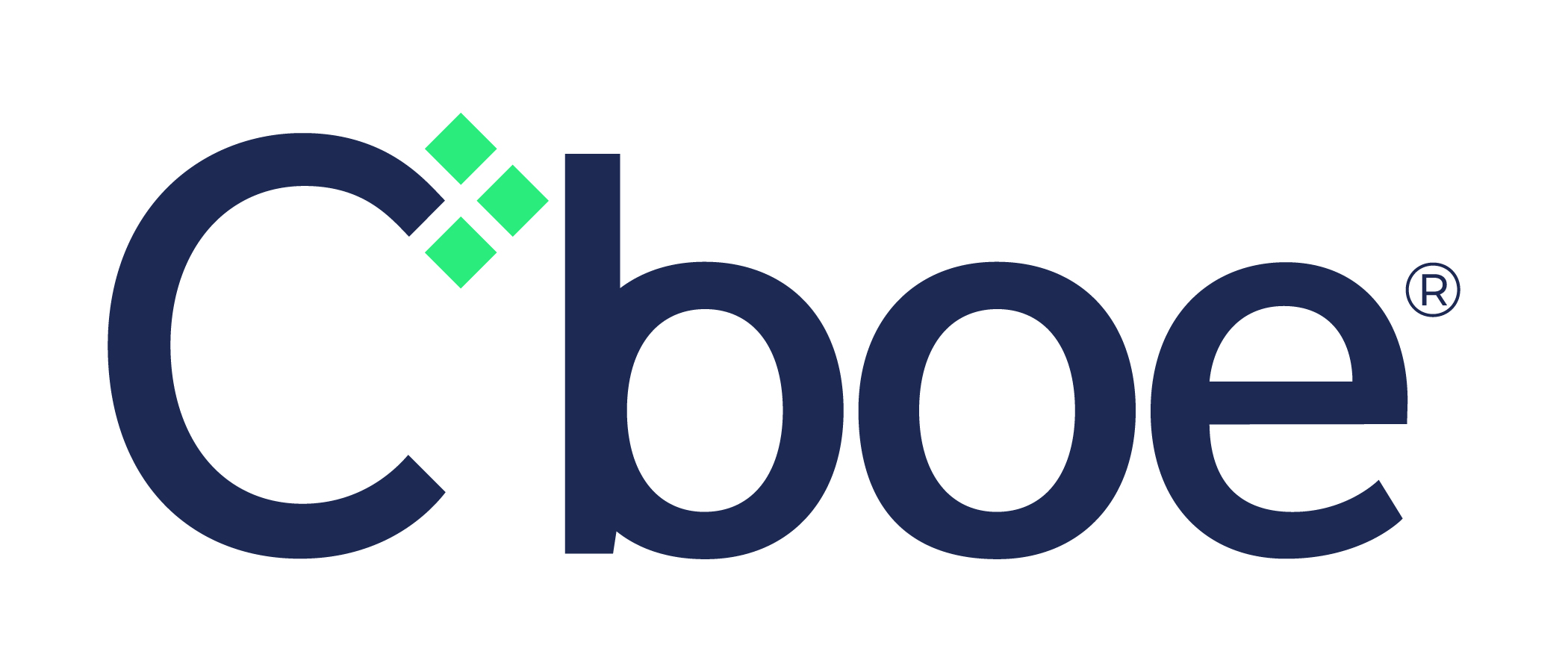The future of European ETFs and the Capital Markets Union (CMU) hangs in the balance as lawmakers continue to thrash out the crucial details around a consolidated tape for equities and ETFs.
The European Parliament, Council and Commission are currently locked in a trialogue that has no end date with the three bodies offering different views about how a consolidated tape should be implemented.
Since the turn of the year, the European Parliament has advocated a consolidated tape that includes real-time pre-trade data – as supported by asset managers – while the European Council has favoured one that only incorporates real-time post-trade data, a move backed by European exchanges.
The European Commission remains in the middle of this process, according to its head of securities markets Tilman Lueder.
It has been a dramatic week for consolidated tape discussions after a document seen by the Financial Times revealed the European Commission is proposing to implement a minimum revenue threshold which would see a data provider’s tender withdrawn if they fail to hit turnover targets within two years.
This appears to reveal concerns from the European Commission about the potential impact of legislating for a consolidated tape that fails to have the desired effect for the CMU.
In response to the European Commission, Rainer Riess, director-general of the Federation of European Securities Exchanges (FESE), which represents 35 lit venues including the 14 that submitted a joint bid proposal to operate the consolidated tape, warned the prospect of ejecting the data provider running the infrastructure would prevent the realisation of a functional CMU.
At ETF Stream’s ETF Ecosystem Unwrapped event on 25 May, Lueder called on asset managers to make a commercial commitment if they want to see a consolidated tape with real-time pre-trade data legislated.
He commended the move made by the exchanges which proposed to create a consolidated tape that only includes post-trade data.
“It is all about the money,” Lueder told ETF Stream. “This is an interesting juncture in the negotiations as we cannot expect data contributors to contribute data to a counterpart that is not willing to negotiate on the price of that data.”
However, a group of 17 buy and sell-side participants, led by consultancy firm Adamantia, have stepped up its bid to establish a consolidated tape that includes real-time pre-trade data.
The group, which was recently supported by Vanguard and Invesco, told ETF Stream it is currently selecting the best-positioned IT provider to operate the infrastructure.
The lack of consolidated tape is often highlighted as the single biggest issue holding back the growth of ETFs in Europe and the wider CMU. Following its implementation, it is forecasted as much as $1trn assets could flow into Europe securities.
With negotiations ongoing, there is concern EU policymakers will not implement a consolidated tape with real-time pre-trade data, a move that would effectively make the process redundant.
As Natan Tiefenbrun, president of Cboe Europe, said: “The choice facing EU policymakers is therefore a stark one, between siding with the national exchanges by opting for a tape that is doomed to fail and submitting Europe to another decade of stagnated growth, or pursuing an ambitious real-time pre- and post-trade tape that will help to promote investment on a pan-European basis and grow the market for the benefit of all participants.”







